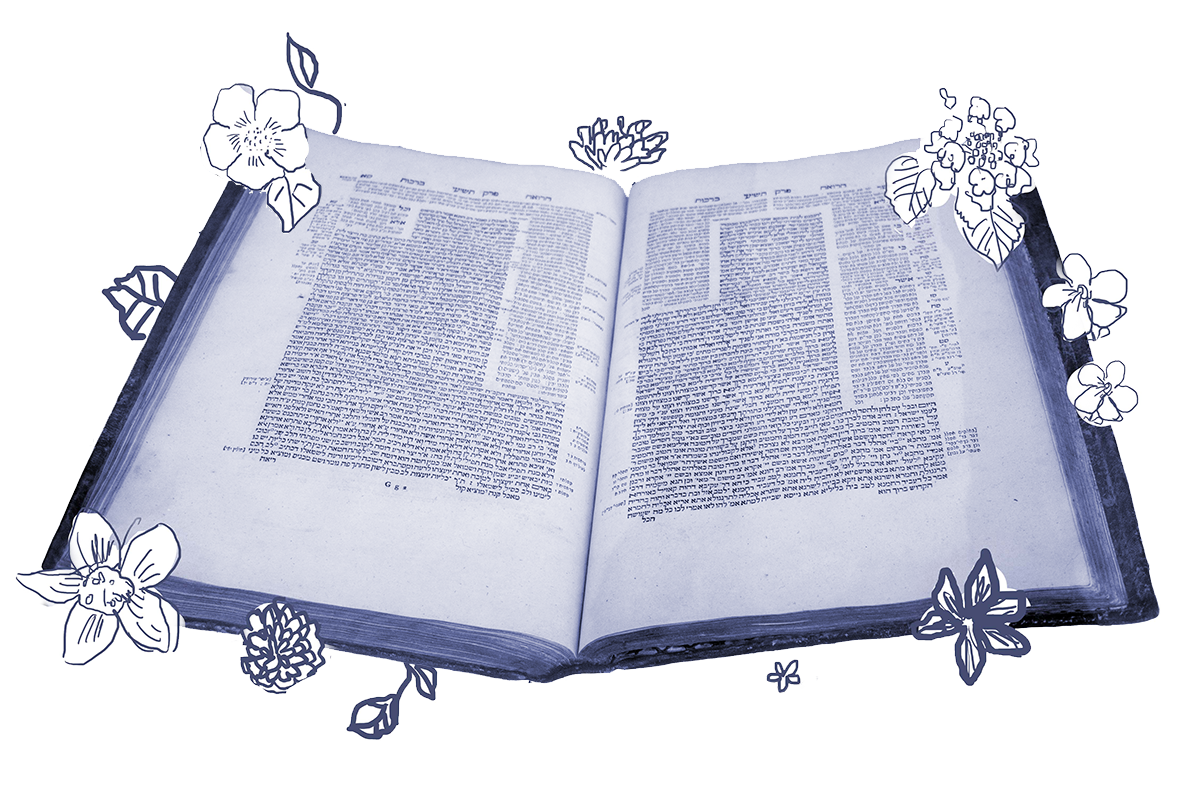Megillah Taanit is a first-century document that lists holidays on which public fasting is prohibited, which is why it is quoted repeatedly in Tractate Taanit, including on today’s daf. While Purim and Hanukkah are the only celebrations noted in the work that are still observed today, the Talmud discusses several others, including Nicanor’s Day:
What is the origin of Nicanor’s Day? As it is taught: Nicanor was one of the generals in the Greek army, and each and every day he would wave his hand over Judea and Jerusalem and say: When will this city fall into my hands, and I shall trample it?
And when the Hasmonean monarchy overcame the Greeks and emerged victorious over them, they killed Nicanor, cut off his thumbs and big toes, and hung them on the gates of Jerusalem, saying: The mouth that spoke with pride, and the hands that waved over Jerusalem, may vengeance be taken against them.
The battles between the Hasmoneans and Nicanor’s army take place just after the events connected to the holiday of Hanukkah. The story preserved here is brief and focuses upon Nicanor’s defeat and dismemberment, but a more elaborate version is found in Maccabees II.
With your help, My Jewish Learning can provide endless opportunities for learning, connection and discovery.
There we learn the story of Alcimus, a former high priest who is looking to regain his position in the Temple. To accomplish this, Alcimus seeks the favor of Demetreus, the successor to Antiochus (the ruler of the Syrian-Greeks and the villainous king of the Hanukkah story). When asked by Demetreus about the intentions of the Jews in Judea, Alcimus reports that the Hasmoneans “are keeping up war, stirring up sedition, and will not let the kingdom attain tranquility.”
So Demetreus sends Nicanor, a commander of the elephant cavalry, to defeat Judah Maccabee, restore the peace and serve as governor of Judea. Nicanor goes to Judea, but instead of making war with Judah, whom he fears to confront in battle, he seeks a truce with him. This serves Nicanor well, but not Alcimus, who hopes that a Syrian-Greek victory will return him to his role as high priest.
Alcimus sends word of the truce to Demetreus, who orders Nicanor to capture Judah and send him to Antioch, the seat of Demetreus’ empire, as a prisoner. Left with no choice but to obey the king’s order, Nicanor leads his troops to battle and is defeated by Judah.
Just as they celebrated the restoration of the Temple, Judah and his followers celebrated Nicanor’s defeat and established their day of victory as a holiday for all of time. As Maccabees II relates:
And they all decreed by public vote never to let this day go unobserved, but to celebrate the thirteenth day of the twelfth month — which is called Adar in the Aramaic language — the day before Mordecai’s day [i.e. Purim].
According to our daf, the celebration of Nicanor’s Day is negated by the deaths of Shemaya and Ahiya, two brothers killed on the same date as Nicanor yet whose story is lost to the fog of time. Ultimately, the story of Alcimus, Demetreus and Nicanor faded away, too. The First and Second Books of Maccabees were excluded from the Hebrew Bible by the rabbis for reasons we can’t totally be sure of, and their contents are not widely studied. Yet these books remain important source documents, offering (among other things) the most detailed accounts of Hanukkah’s origin story. Some have even made the case that it might be meaningful to revive the celebration of Nicanor’s Day.
Read all of Taanit 18 on Sefaria.
This piece originally appeared in a My Jewish Learning Daf Yomi email newsletter sent on November 30th, 2021. If you are interested in receiving the newsletter, sign up here.



